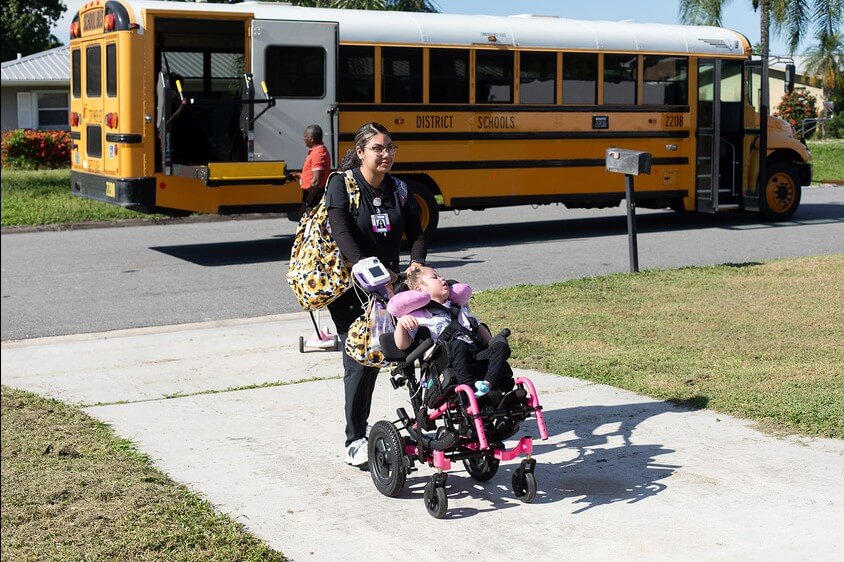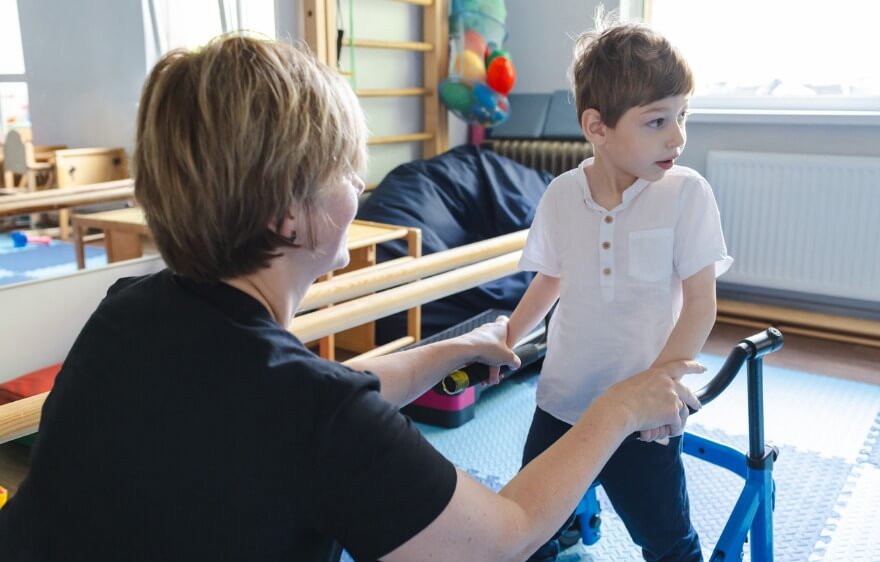In a presentation by Judy Montgomery at the 2013 Oregon Speech-Language Hearing Association annual conference, we learned some fun alternatives to the traditional idea of ‘clapping out’ syllables. Dr. Montgomery explained that not only an understanding of syllable-ness in words, but also motor coordination, basic number skills to count claps, and short-term memory skills to recall the number of claps! Learning syllables is often a child’s first step in learning to think about the sound of words beyond their meaning. It is a skill that later supports speech and pronunciation, spelling, and writing!
Though “clapping it out” is a traditional way of addressing syllables in the classroom, many of our students are clapping along without any understanding of the parts of words we call syllables! For a more visual and tactile way of marking syllables that doesn’t even involve counting, Dr. Montgomery suggested touching different points on our body for each syllable: head, shoulders, knees, toes, tush! This results in some words like ‘stop’ and ‘dog’ that are ‘head words’, others like ‘kitty’ that are ‘shoulder words’, and still others that may be ‘knee words’ (3-syllable) or ‘feet words’ (4-syllable).
Can you think of any tush words? Any group of young students will have fun thinking of ‘tush words’ like ‘refrigerator’ or ‘hippopotamus’!
SLPAs and paraprofessionals should always operate within the scope defined by state and national licensing organizations and should only conduct allowable tasks under the supervision of a speech-language pathologist.





